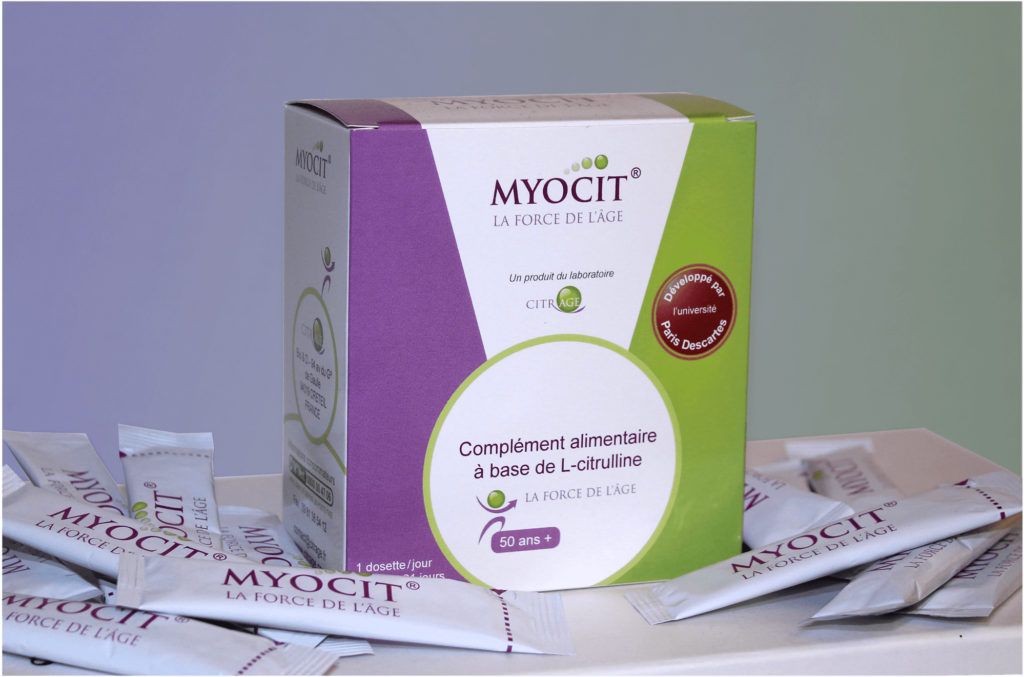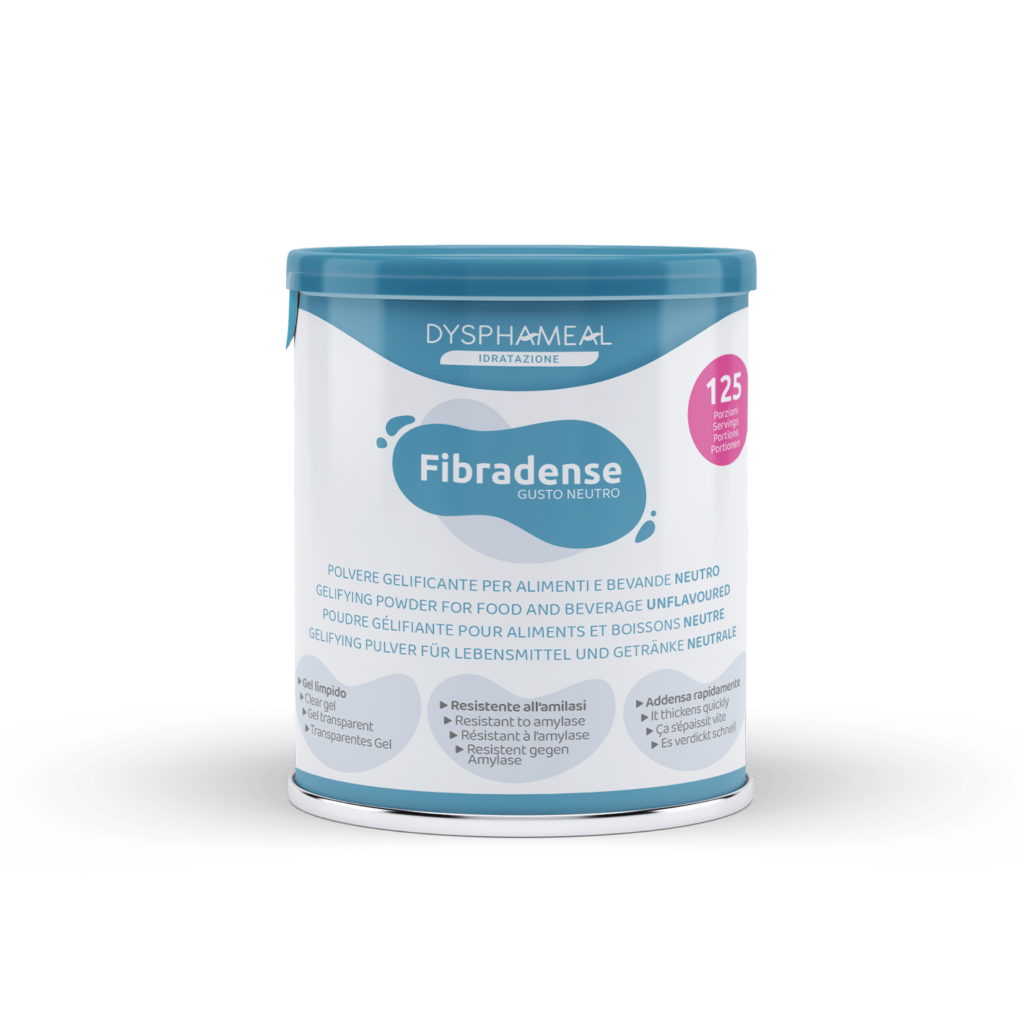What is chromium ?
Le chromium was discovered in 1797 by Nicolas Louis Vauquelin, a french chemist. Its part in the regulation of the blood glucose concentration will be discovered that 150 years later by german researchers (Mertz et Schwarz). Chromium is an essential trace element* in foods such as spices (thyme, black pepper, etc.), meat, egg yolk and complete cereals.
Chromium contributes to maintain a normal blood glucose level and contributes to normal macronutrient metabolism such as lipids, proteins and carbohydrates metabolism.
Chromium exhibiting the best bioavailable is the picolinate form (1).
The recommended dietary allowance (RDA) of chromium for over 75 years is 125 mg/day but consumption seniors was assessed at 40 μg/day (2). Therefore, it is recommended to use a supplementation with 100 μg of chromium /day to meet the nutritional needs of seniors, in addition to a normal dietary habits.
*Not synthesizable by the Organsim, must be provided by the food.
Références :
1. Gargas ML, Norton RL, Paustenbach DJ, Finley BL. Urinary excretion of chromium by humans following ingestion of chromium picolinate. Implications for biomonitoring. Drug Metab. Dispos. Biol. Fate Chem. août 1994;22(4):522‑529.
2. Roussel A-M, Andriollo-Sanchez M, Ferry M, Bryden NA, Anderson RA. Food chromium content, dietary chromium intake and related biological variables in French free-living elderly. Br. J. Nutr. août 2007;98(2):326‑331.
what is the role of chromium ?


















